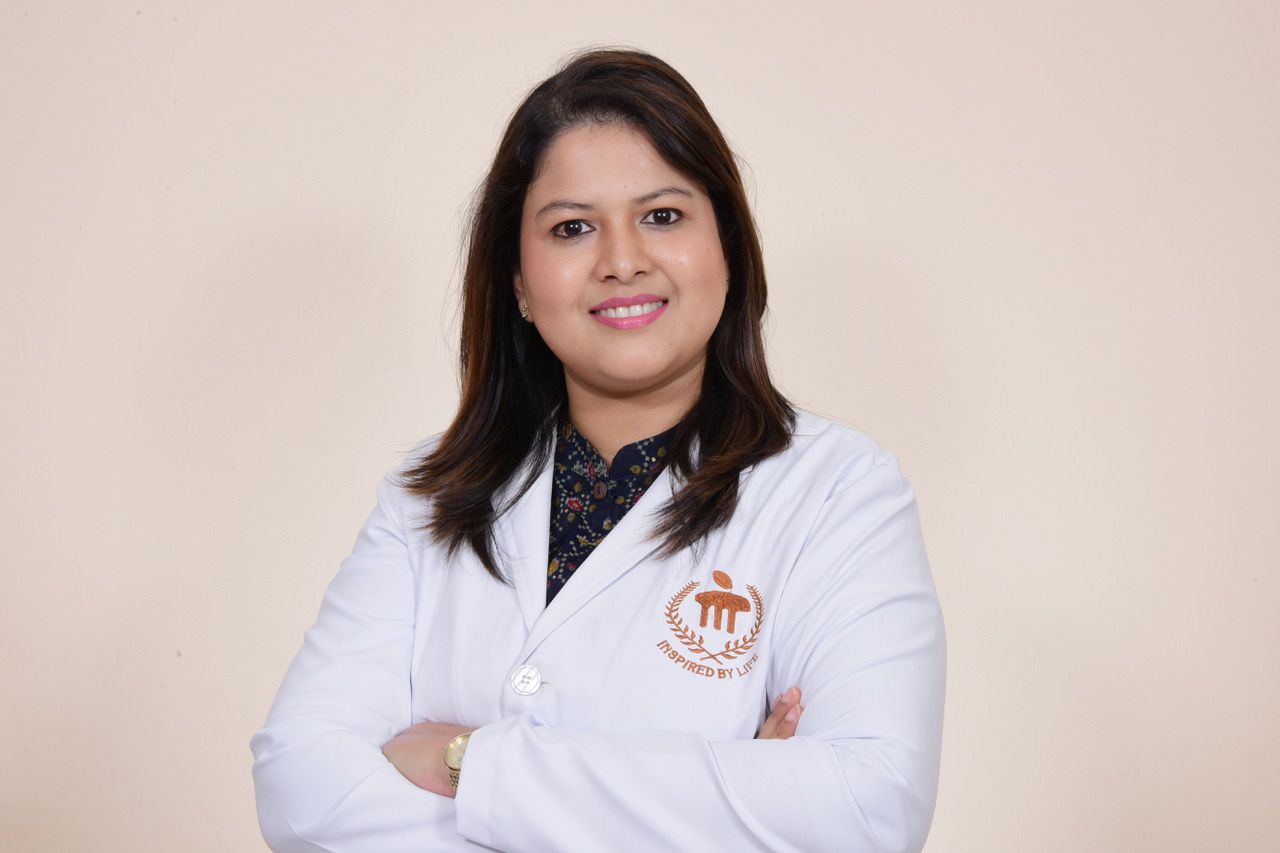The project focuses on mapping the bacterial microbiome on the ocular surface of newborns. The study not only aims to develop a probiotic drug for adults but also explores non-invasive methods to detect neonatal infections, such as sepsis.
Published Jan 25, 2025 | 7:00 AM ⚊ Updated Jan 25, 2025 | 7:00 AM

Dr Hazarika Singh from KMC Manipal. She was funded ₹41 Lakh SPARC grant
Imagine a future where newborns with infections no longer need invasive procedures to identify the disease-causing organism and adults can prevent chronic eye diseases like dry eyes with just a simple probiotic tablet.
A groundbreaking study led by Dr Manali Hazarika from Karnataka’s Kasturba Medical College (KMC) in Manipal aims to turn this vision into reality.
Dr Hazarika’s study has been awarded a grant of ₹41.13 lakh, under the Ministry of Human Resource Development’s prestigious Scheme for Promotion of Academic and Research Collaboration (SPARC).
With this, KMC Manipal becomes the sole medical college in the entire country to receive this grant in the area of “Healthcare: Emergent Areas of Impact–Infectious Diseases,” a field that is crucial in the current global health landscape.
The project focuses on mapping the bacterial microbiome on the ocular surface of newborns. The study not only aims to develop a probiotic drug for adults but also explores non-invasive methods to detect neonatal infections, such as sepsis, potentially transforming how neonatal investigative care is approached in India.
Speaking to South First, Dr Hazarika Singh said, “This study marks the first of it’s kind in India and is a result of a significant international collaboration. It is being conducted in partnership with Dr Mark Willcox and Dr Jerome Ozkan from the University of New South Wales, Australia. Co-investigators include Dr Sulatha Bhandary, Dr Leslie Lewis and Dr Kiran Chawla from KMC Manipal.”
At present, it is unclear whether disruptions in the ocular microbiota (the community of microscopic organisms that naturally live on the surface of the eye), particularly bacterial shifts, during infancy may contribute to eye conditions later in life, such as dry eye, allergies, or infections. Gaining insight into the microbial community at birth, before such conditions emerge, is crucial. Newborns are particularly vulnerable to infections due to their developing immune systems. Eye infections, if not detected early, can lead to complications affecting vision.
The goal of Dr Hazarika’s study is to understand how the ocular microbiome influences eye health and disease. Additionally, the research investigates whether the method of birth such as caesarean section delivery versus normal delivery has any effects on the composition and structure of the ocular surface microbiome.
“This study could help shape national and international guidelines for standardising lab diagnoses and the use of prophylactic ocular treatments for neonates as well as adults,” Dr Hazarika explained.
The research profiles the bacteria present on the ocular surface of neonates – an area of the eye that includes the tear film, cornea, conjunctiva and eye lids.
These bacteria, collectively known as the ocular microbiome, may hold the key to understanding why some individuals develop conditions like dry eye disease and meibomian gland dysfunction and many such conditions as adults.
“Currently, most treatments for eye diseases are curative, not preventive. With this study, we aim to shift the paradigm,” said Dr Hazarika. The ultimate goal is to create a probiotic drug that could prevent such conditions by restoring or maintaining a healthy balance of bacteria in the eye.
Explaining the project Dr Hazarika said, “Neonates are prone to infections like sepsis, often requiring invasive tests like blood pricks to identify the cause.” Her team is exploring a noninvasive diagnostic method that involves analysing sepsis inducing bacteria from a simple eye swab.
“If we can correlate the bacteria in the eye with bloodstream and gut infections, it will spare newborns the pain of multiple blood tests while improving the accuracy of infection diagnosis,” Dr Hazarika added.
This study also opens the door to understanding how the ocular microbiome evolves throughout life – from birth to adulthood and the aged. “By mapping these changes, we can uncover how certain diseases develop and identify opportunities for prevention,” she said.
Securing a central SPARC grant for a private institute like KMC Manipal is no small feat. “The competition is intense, especially for a private deemed university like ours. Collaborating with the University of New South Wales, a global leader in this field, added immense value to our proposal,” Dr Hazarika explained.
Although the current grant covers only bacterial studies, the team hopes to expand into viruses and fungi in future phases. “The ultimate aim is to develop a comprehensive understanding of the ocular microbiome and its role in health and disease across the diverse population of the world,” she added.
Meanwhile a release from the KMC stated that as part of the SPARC initiative, KMC’s Ophthalmology and Microbiology departments and other Manipal Academy of Higher Education (MAHE) institutions hosted an international workshop on metagenomics, titled “Exploring the Hidden world of Microbial diversity.”
Dr Ozkan, a renowned expert in DNA sequence analysis and bioinformatics of the ocular surface, shared his insights and expertise through an international workshop, under the SPARC grant.
Dr Satish Rao, Director of Research at MAHE and Dr Padmaraj Hegde, Dean of KMC, Manipal congratulated Dr Hazarika and spoke about the role of SPARC grants in fostering international collaboration and strengthening national research capabilities.
(Edited by Dese Gowda)
